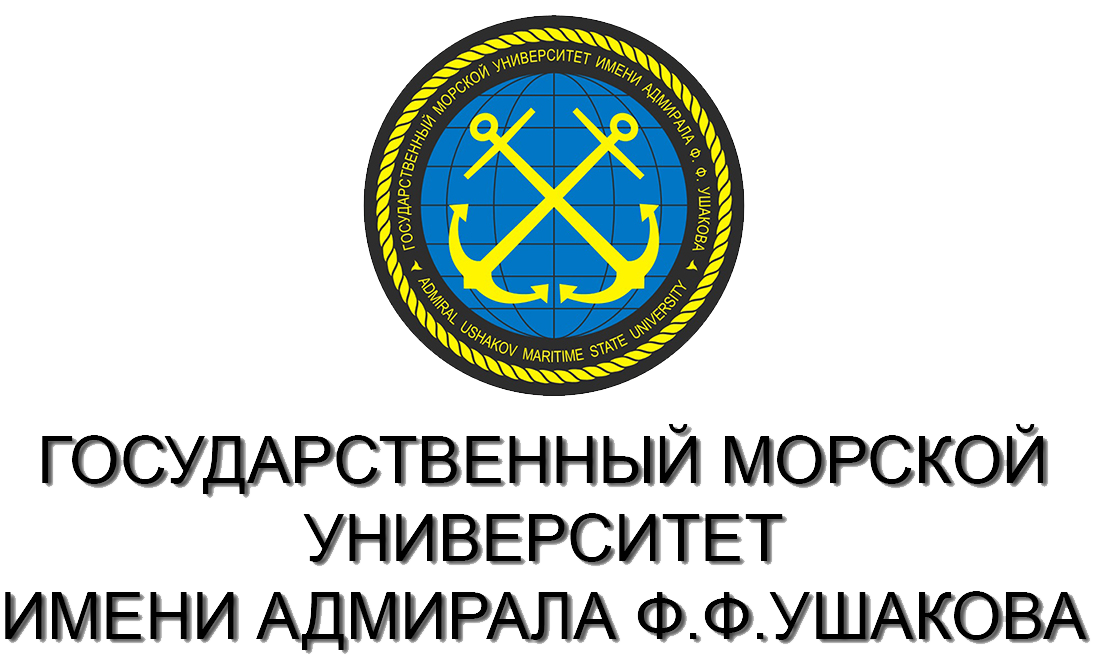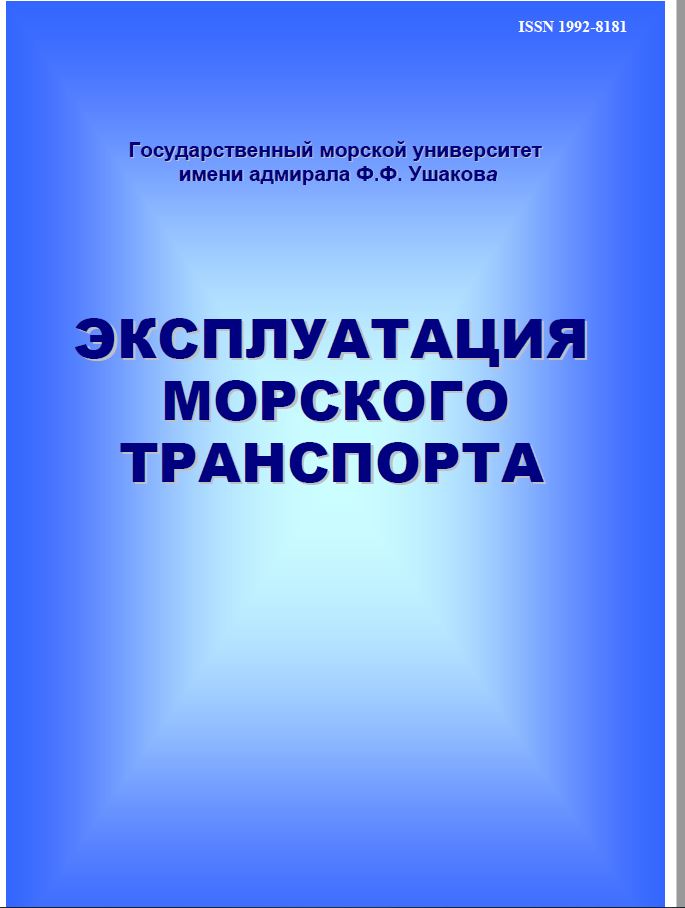There are tasks in which it is necessary to measure the geometric displacements of a moving object relative to a stationary base without contact with high accuracy, taking into account the peculiarities of its size, shape, speed of maneuvering, and speed of movement. For example, high-precision positioning of the ship's hull relative to the berth during mooring and loading and unloading operations. To solve this problem, it is proposed to use a laser-optical measuring device, which is a software and hardware complex that includes a laser range finder, an array of video capture devices with zoom lenses and a microcomputer for primary processing of the measured data. Purpose: determination of requirements for the optical system of the laser-optical measuring device (focal length, angle of view, frame frequency and other parameters of the optical system). Results: the structure of a laser-optical measuring device of geometric displacements of a moving object is proposed. Features of the measuring device are the combined use of a laser rangefinder and an array of video capture devices with zoom lenses with different focal lengths and lens types. The requirements for a laser-optical measuring device have been determined and substantiated by the example of solving the problems of monitoring the mooring operations of sea vessels and control parking at the pier. Practical relevance: the results of the work can be used to create high-precision positioning systems and high-precision guidance systems for various types of transport. Such systems solve the problem of stabilizing the position of moving objects in various transport systems, as well as monitoring the position and, as a consequence, increasing safety. Improving the operational safety of the transport system makes it possible to increase the intensity of the traffic flow and the throughput of the transport system.
laser-optical measuring device, measuring longitudinal, transverse and vertical displacements, monitoring mooring operations, automated mooring
1. Lopatina V.V., Senchenko V.G. Izmerenie prodol'nogo, poperechnogo i vertikal'nogo smescheniya podvizhnogo ob'ekta otnositel'no stacionarnoy bazy // Ekspluataciya morskogo transporta,-2020,-№2(95).-S. 31-34.
2. Poujouly S.,.Toumet B. Atwofoldmodulationfrequen-cylaserrangefmder. Journal of Optics A: Pureand Applied Optics, 2002, № 4,c. 356-363.
3. X. Y. Zheng, C. Zhao, H. Y. Zhang, Z. Zheng and H. Z. Yang. Coherent dual-frequency lidar system design for distance and speed measurements, 2017 International Conference on Optical Instruments and Technology: Advanced Laser Technology and Applications, Vol. 10619. International Society for Optics and Photonics, 2018.
4. F. X. Jia, J. Y. Yu, Z. L. Ding and F. Yuan. Research on real-time laser range finding system. Applied Mechanics and Materials. Vol. 347. Trans Tech Publications, 2013.
5. Beraldin J.-A., Steenaart W. Overflow Analysis of a Fixed-Point Implementation of the Goertzel Algorithm. IEEE Transactions on circuits and systems, 1989, Vol. 36, No. 2,pp. 322-324.
6. Finlayson D.M., Sinclair B. Advances in Lasers and Applications. CRC Press, 1999, 346 p.
7. Baholdin A.B., Romanova L.IL, Cukanova L.IL. Teoriyaimetodyproektirovaniyaopticheskihsi-stem. Chast' I. - Sankt-Peterburg: NIU ITMO, 2011, 104 s.
8. Sidney F. Ray. Applied Photographic Optics: Lenses and Optical Systems for Photography, Film, Video, Electronic and Digital Imaging. Focal Press, 2002, 656 p.
9. Michael Langford, Anna Fox, and Richard Sawdon Smith. Langford’s Basic Photography. Focal Press, 2007, 448 p.
10. Cukanova E.I., Karpova L.B., Bagdasarova O.V., Krivopustova E.V., Ezhova K.V. Eeometriche-skayaoptika: uchebnoe posobie po kursu «Prikladnaya optika». - Sankt-Peterburg: NIU ITMO, 2002, 135 s.
11. Tim Dobbert. Matchmoving: The Invisible Art of Camera Tracking. John Wiley & Sons, 2012, 336 p.
12. S. K. Mitra and H. Li, A new class of nonlinear filters for image enhancement, Proc. IEEE Int. Conf. Acoustics Speech Signal Processing, 1991, pp. 25252528.
13. G. Ramponi, N. Strobel, S. K. Mitra and T. Yu, Nonlinear unsharp masking methods for image contrast enhancement, J. Electron. Imag., vol. 5, 1996, pp. 353-366.
14. Volkov V. Yu. Adaptivnoe vydelenie melkih ob'ektov na cifrovyh izobrazheniyah// Izvestiya vuzov Rossii. Radioelektronika,- 2017,- № 1- S. 17-28.
15. Naidu M. S. R., Kumar P. R. Multilevel image thresholding for image segmentation by optimizing fuzzy entropy using Firefly algorithm. Int. J. Eng. Teclmol, 2017, vol. 9.2, pp. 472-488.
16. Lowe, D.G. Distinctive Image Features from Scale-Invariant Keypoints. International Journal of Computer Vision ' 60, 2004pp. 91-110. https://doi.Org/10.1023/B:VISI.0000029664.99615.94
17. Jing Li, Nigel M. Allinson. A comprehensive review of current local features for computer vision. Neurocomputing, Volume 71, Issues 10-12, 2008, pp. 1771-1787. https://doi.Org/10.1016/i.neucom.2007.ll.032
18. Cao, Gang & Zhao, Yao & Ni, Rongrong&Kot, Alex. Unsharp masking sharpening detection via overshoot artifacts analysis. IEEE Signal Processing Letters. 18.,2011,pp.'603 -606.
19. A. Polesel, G. Ramponi and V. J. Mathews, Image enhancement via adaptive unsharp masking, IEEE Trans. Image Process., vol. 9, no. 3, 2000, pp. 505510.
20. G. Cao, Y. Zhao and R. Ni, Detection of image sharpening based on histogram aberration and ringing artifacts, Proc. IEEE Int. Conf. on Multimedia and Expo, 2009, pp. 1026-1029.











